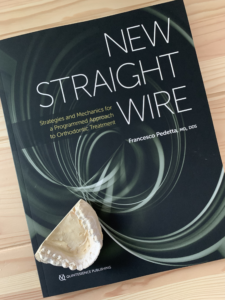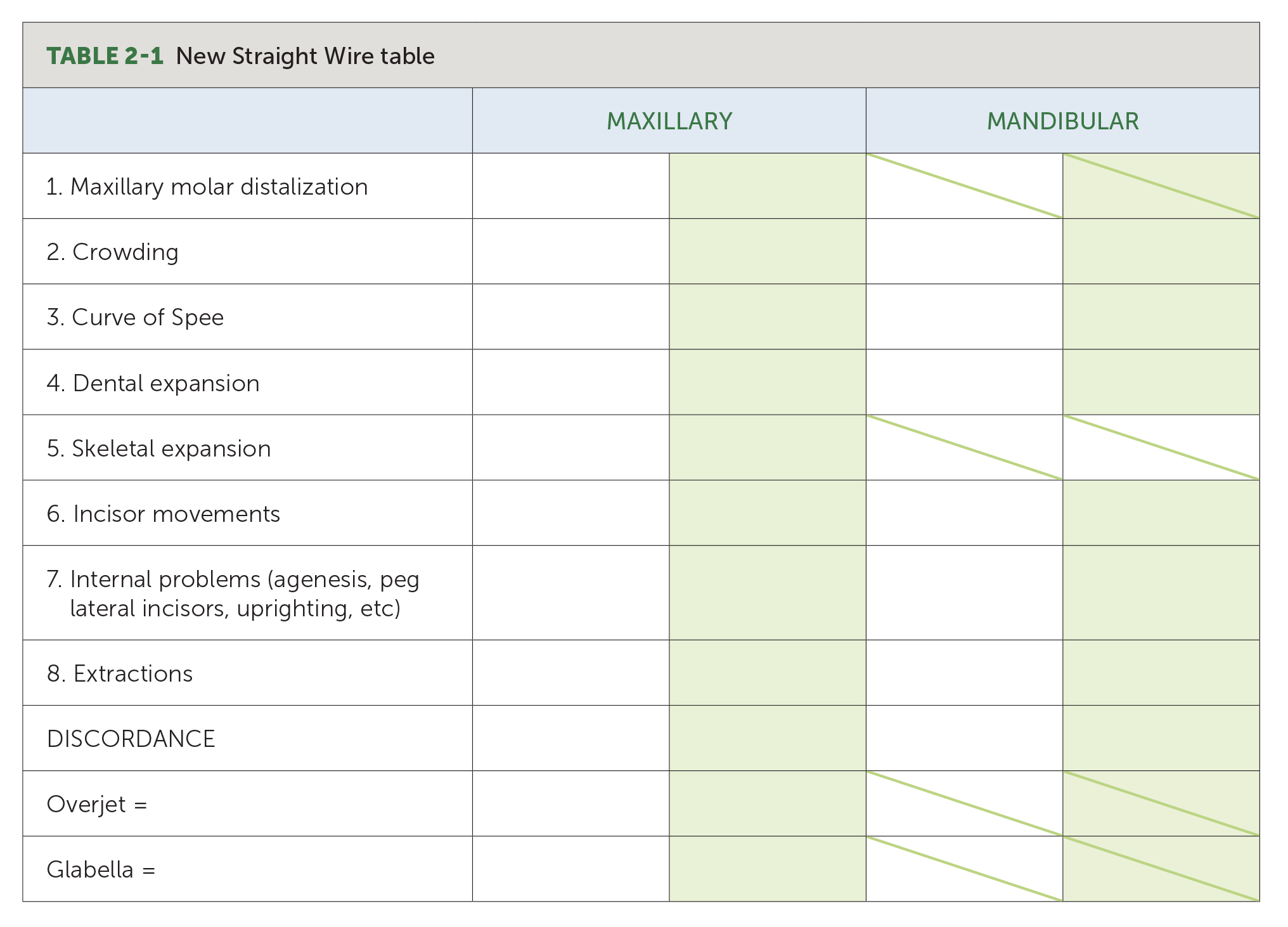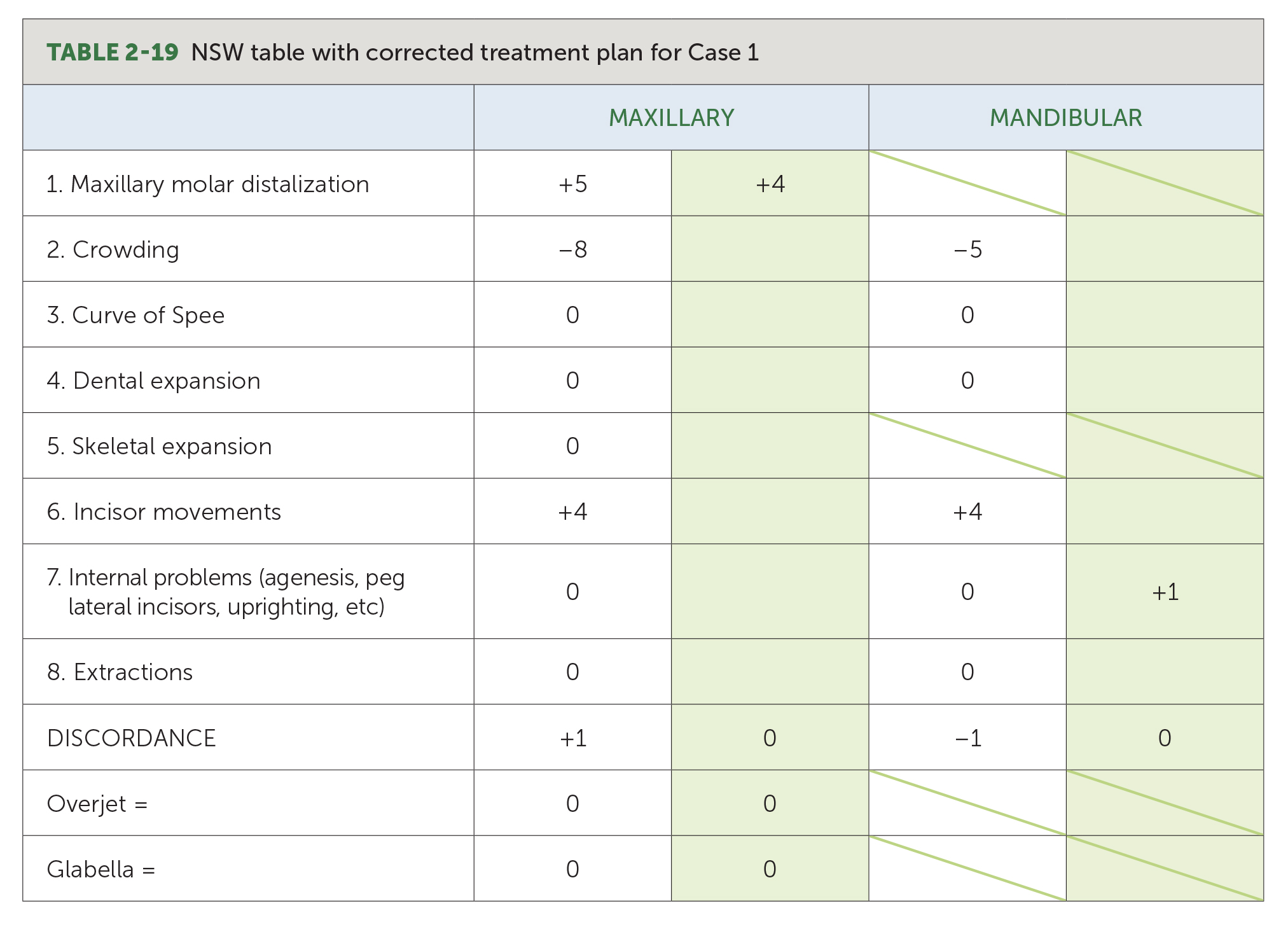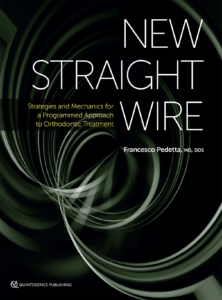Written by: Leah Huffman
 Orthodontics as a dental specialty is known for having many camps within it and many subgroups of people following a specific philosophy. Take cephalometry, for example. You have the Steiner system, the McNamara system, and the Wits, Downs, Björk, Tweed, Jarabak, and Ricketts systems, among others. And then there’s the appliances orthodontists swear by: headgear, face mask, palatal expanders, molar distalizers, Twin Block, Bionator, Forsus, Frankel, elastics, retainers, and many, many more. It’s easy to see how orthodontists can get bogged down in the different theories and techniques and focus their treatment based on the philosophy they were taught. But just because there’s a lot of noise in the discipline doesn’t mean a simpler way doesn’t exist. Orthodontic treatment can be systematic, and it can be scientific. You just have to know where to begin.
Orthodontics as a dental specialty is known for having many camps within it and many subgroups of people following a specific philosophy. Take cephalometry, for example. You have the Steiner system, the McNamara system, and the Wits, Downs, Björk, Tweed, Jarabak, and Ricketts systems, among others. And then there’s the appliances orthodontists swear by: headgear, face mask, palatal expanders, molar distalizers, Twin Block, Bionator, Forsus, Frankel, elastics, retainers, and many, many more. It’s easy to see how orthodontists can get bogged down in the different theories and techniques and focus their treatment based on the philosophy they were taught. But just because there’s a lot of noise in the discipline doesn’t mean a simpler way doesn’t exist. Orthodontic treatment can be systematic, and it can be scientific. You just have to know where to begin.
Dr Francesco Pedetta, author of New Straight Wire: Strategies and Mechanics for a Programmed Approach to Orthodontic Treatment, brings you the New Straight Wire (NSW) approach, an approach to orthodontics that uses the mathematics of the patient’s facial measurements to determine the amount of space available and therefore the appropriate treatment.
“For the orthodontist,” Dr Pedetta adds, “it’s a bit like thinking in reverse.”
A classically trained orthodontist, Dr Pedetta was not satisfied with the uncertainties and discretion in the treatments he was taught. As he explains it, “The NSW technique responds to a totally different way of dealing with orthodontics compared to the past.” Instead of focusing on where the molars should be, the NSW approach focuses on where the maxillary incisors should be for the patient’s smile and facial esthetics. “For the orthodontist,” Dr Pedetta adds, “it’s a bit like thinking in reverse.” By tracing the esthetic line, the ideal position of the incisors can be determined. After evaluating their initial position, “it is easy to identify the possibilities and limits of their movement in the desired direction. Sometimes it is possible, while other times further displacements cannot be made.” By starting at the front instead of the back, the esthetics take a primary role alongside function.
Unlike traditional cephalometric-based treatment models, where multiple points and planes must be marked and traced to determine the appropriate orthodontic movements, the NSW technique relies on six calculations:
- The amount of movement (in mm) necessary to move the molars to a Class I relationship
- The amount of crowding present
- The depth of the curve of Spee
- Any required tooth expansion (shape of the arch)
- Any required palatal skeletal expansion
- The required incisor movement
“The NSW table will indicate, as if by magic, how much to move the molars and premolars back.”
These calculations are outlined in points 1 to 6 of the NSW table, which is central to the NSW technique. Any internal problems (agenesis, peg lateral incisors, molar uprighting) and the need for any extractions complete the table, and together the table shows all of the movements and corrections necessary to resolve the orthodontic case. With this technique, molar correction, movement of the incisors, and flattening of the curve of Spee or potential maxillary expansion are all calculated before beginning treatment. Dr Pedetta explains it like this: “The NSW table will indicate, as if by magic, how much to move the molars and premolars back; for example, it will indicate whether stripping will be necessary and how much. The table will also indicate whether the case requires extractions to allow for ideal incisor position. This reasoned approach provides the answers an orthodontist needs to set up the treatment and to move confidently from its first steps.”

Once the table is completed, the sum of the discordance value is calculated and entered. This represents the existing space discordance after carrying out all movements and corrections considered necessary. If the sum equals 0, the movements are feasible and no space or crowding will be left over. If the sum is negative, an alternative plan must be considered, because there is not enough space to complete all the planned movements. If the sum is positive, the treatment plan is feasible but extra space will be left over and the gap must be closed with loss of molar and premolar anchorage. The goal is always to have a discordance value of 0. To achieve this, the NSW table has a second column for adjustments to the plan. Apart from the crowding, which is invariable, any of the other parameters can be changed to obtain a better overjet or an incisor position closer to the glabella.

Filling out the NSW table automatically creates a treatment plan, because it tells us how to move the teeth, by how much, and in what direction, allowing us to check the final result before beginning treatment. Systematic treatment planning made simple.
Filling out the NSW table automatically creates a treatment plan, because it tells us how to move the teeth, by how much, and in what direction, allowing us to check the final result before beginning treatment.
Dr Pedetta is confident that “once you learn the NSW technique, it will be impossible to go back to the traditional way of treatment planning, full of uncertainties, subjective assessments, and possible evaluation errors.” If you want better outcomes with more predictability in your orthodontic cases, preview the first chapter of New Straight Wire here.
 Francesco Pedetta, MD, DDS, graduated in medicine and surgery with a postgraduate dentistry qualification in Italy. In 1991, he joined the prestigious Postgraduate School of Orthodontics at the University of Pennsylvania in Philadelphia, where he gained his Certificate of Orthodontics under the guidance of Dr Robert L. Vanarsdall. After returning to Italy, he set up a private practice limited exclusively to orthodontics and temporomandibular disorders but continued to lecture at the University of Pennsylvania as well as at Perugia University. In 2012, he met the master of orthodontics, Dr Larry Andrews, who initiated him into the 6 Elements philosophy, inspiring him to completely change his approach. Dr Pedetta then devoted himself to teaching this philosophy. He then went on to develop his personal orthodontic approach known as the New Straight Wire approach, which incorporated all of Andrews’s teachings in an up-to-date and effective method encompassing diagnosis, treatment planning, and therapy.
Francesco Pedetta, MD, DDS, graduated in medicine and surgery with a postgraduate dentistry qualification in Italy. In 1991, he joined the prestigious Postgraduate School of Orthodontics at the University of Pennsylvania in Philadelphia, where he gained his Certificate of Orthodontics under the guidance of Dr Robert L. Vanarsdall. After returning to Italy, he set up a private practice limited exclusively to orthodontics and temporomandibular disorders but continued to lecture at the University of Pennsylvania as well as at Perugia University. In 2012, he met the master of orthodontics, Dr Larry Andrews, who initiated him into the 6 Elements philosophy, inspiring him to completely change his approach. Dr Pedetta then devoted himself to teaching this philosophy. He then went on to develop his personal orthodontic approach known as the New Straight Wire approach, which incorporated all of Andrews’s teachings in an up-to-date and effective method encompassing diagnosis, treatment planning, and therapy.
 New Straight Wire: Strategies and Mechanics for a Programmed Approach to Orthodontic Treatment
New Straight Wire: Strategies and Mechanics for a Programmed Approach to Orthodontic Treatment
Francesco Pedetta
This textbook seeks to simplify orthodontic diagnosis, treatment planning, and therapy by introducing the New Straight Wire (NSW) method. Using simplified cephalometry and treatment mechanics, this technique uses a table to systematically calculate and plan the necessary tooth movements before treatment, following the same parameters for each and every patient regardless of malocclusion. With the NSW technique, the treatment plan starts small and then moves to a larger scale, first carefully assessing the dental arches and then moving outward and analyzing their position on the patient’s face. The treatment is therefore “verified” before beginning; the teeth can be placed in the planned positions to check that the resulting occlusion satisfies esthetic and functional goals for each individual patient. This approach rules out treatment plans that lead to good occlusion to the detriment of facial harmony. This book therefore teaches how to achieve Class I molar occlusion with proper overjet and facial esthetics every time, regardless of the pretreatment condition. It clarifies when surgery is indicated and when dental compensations and compromises may be made instead. While orthodontics has historically been a specialty based on action and reaction, this book seeks to shift orthodontics to a practice based on systematic movements planned from the start.
160 pp (softcover); 441 illus; © 2020; 978-0-86715-824-3 (B8243); $98
Contents
1. Introduction to the New Straight Wire
2. The Treatment Plan
3. Arch Lines
4. Dental Movements: Translation and Tipping
5. Orthodontic Forces and Gap Closure
6. Skeletal Growth
7. Discordance
8. Class I Malocclusion Correction
9. Class II Malocclusion Correction
10. Class III Malocclusion Correction
11. NSW Cephalometric Analysis
12. Example Treatment Plan
